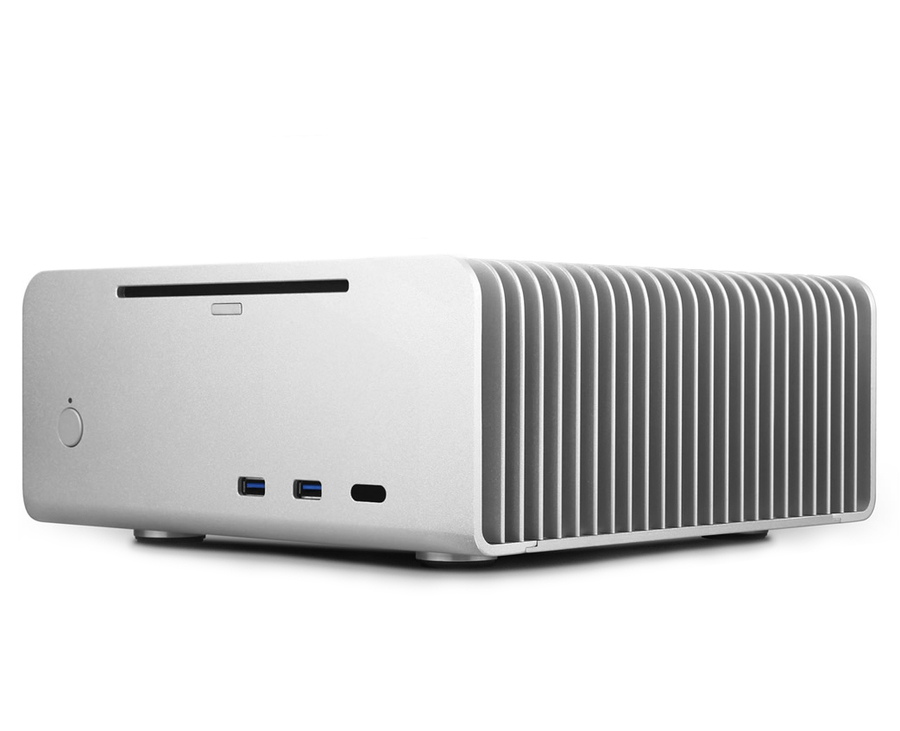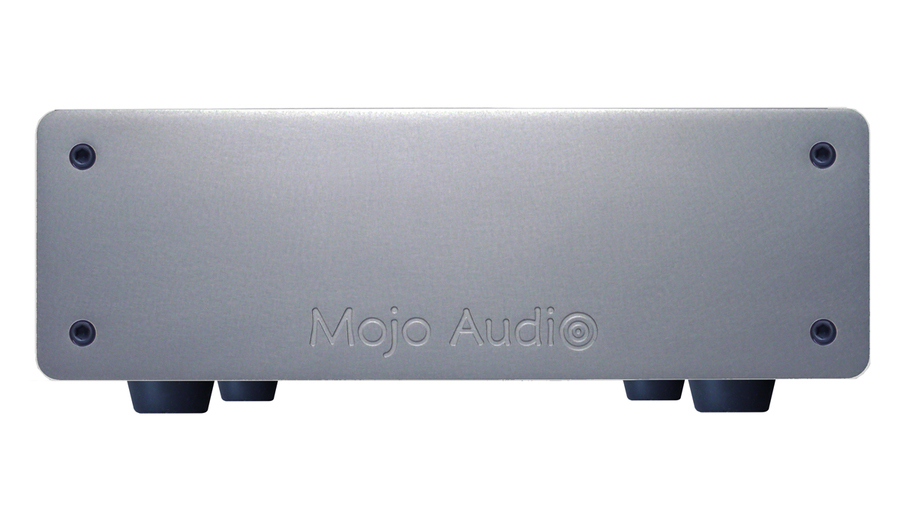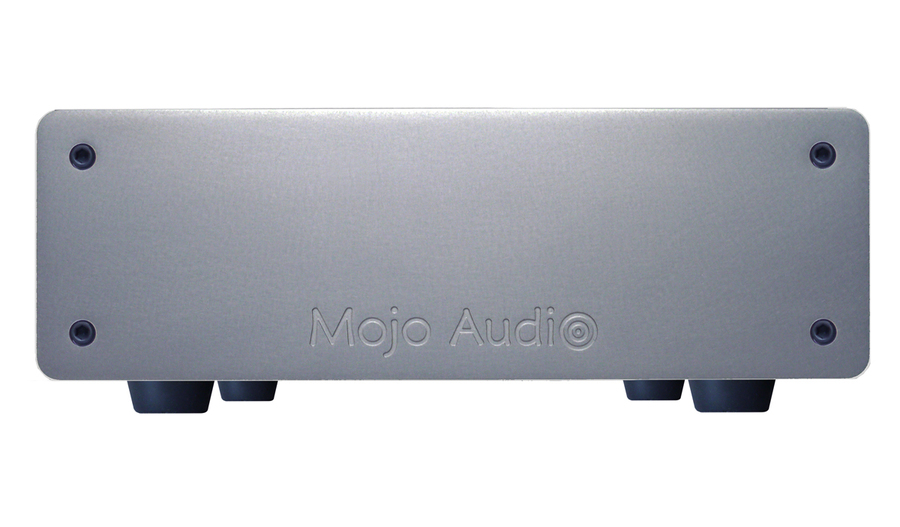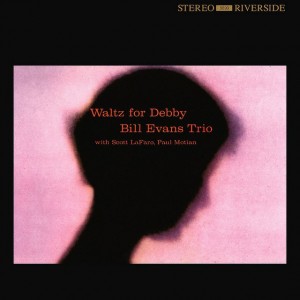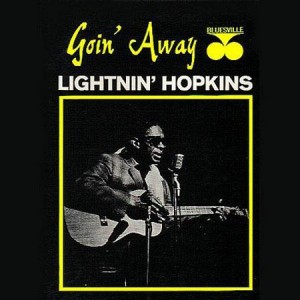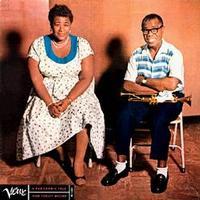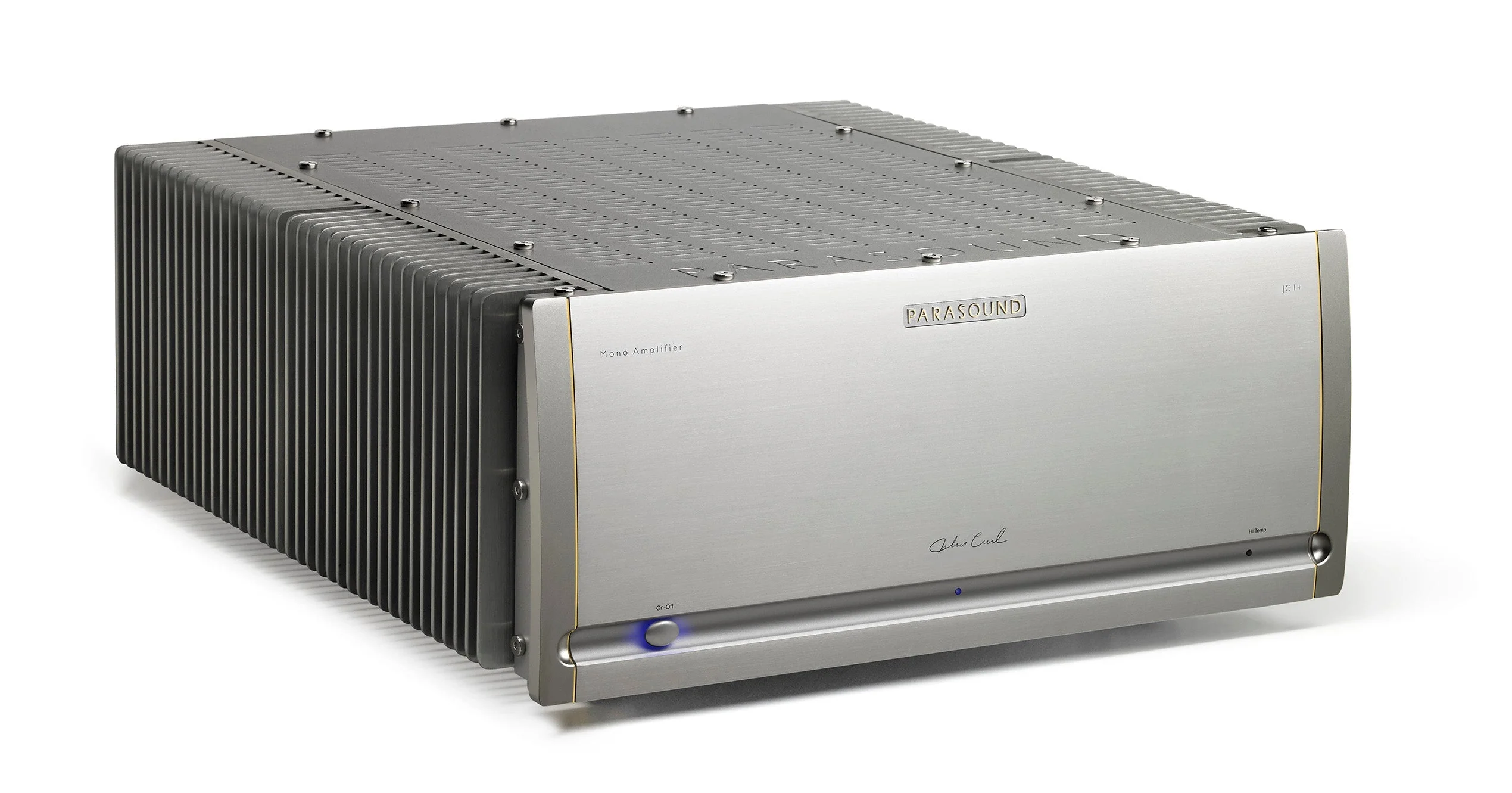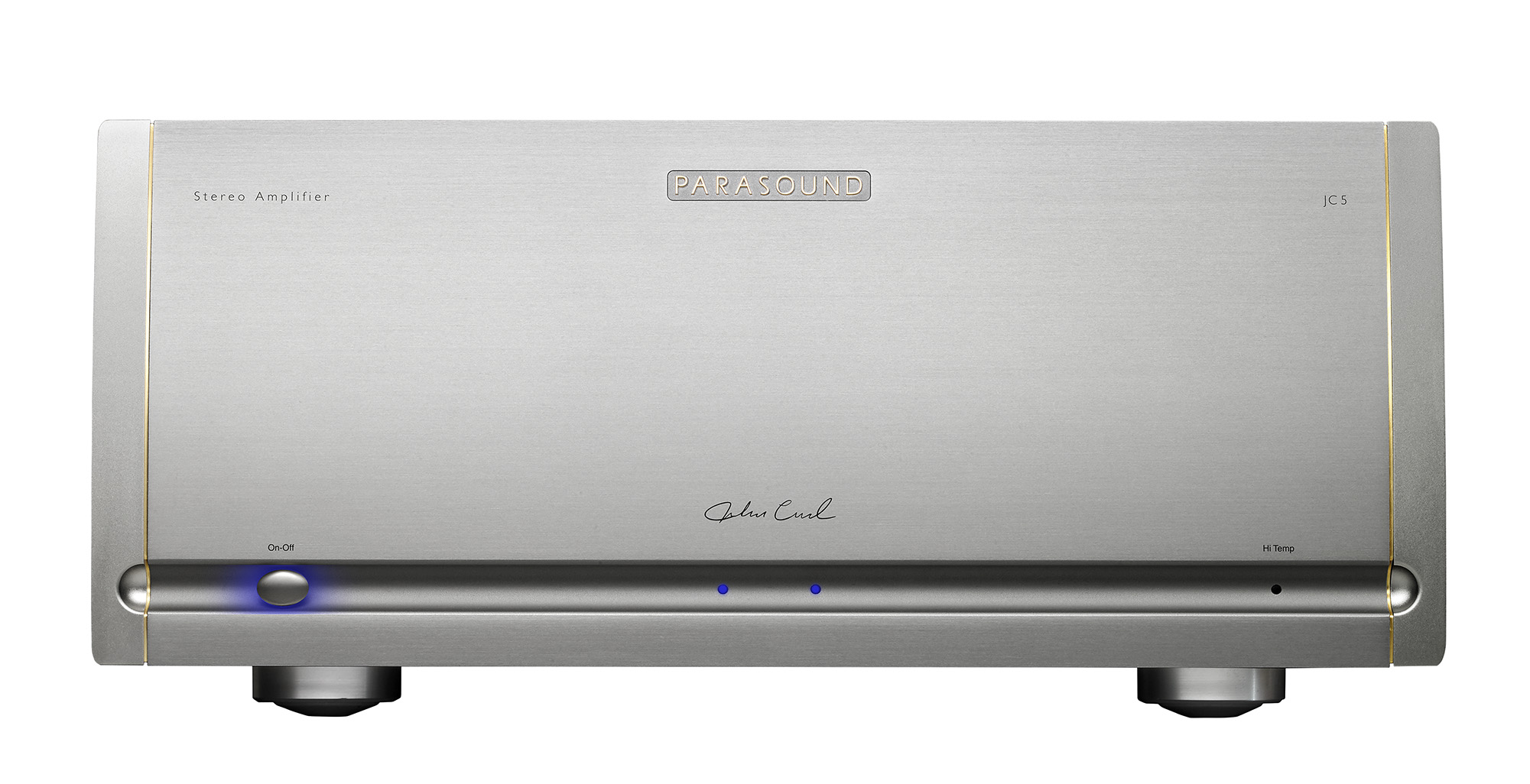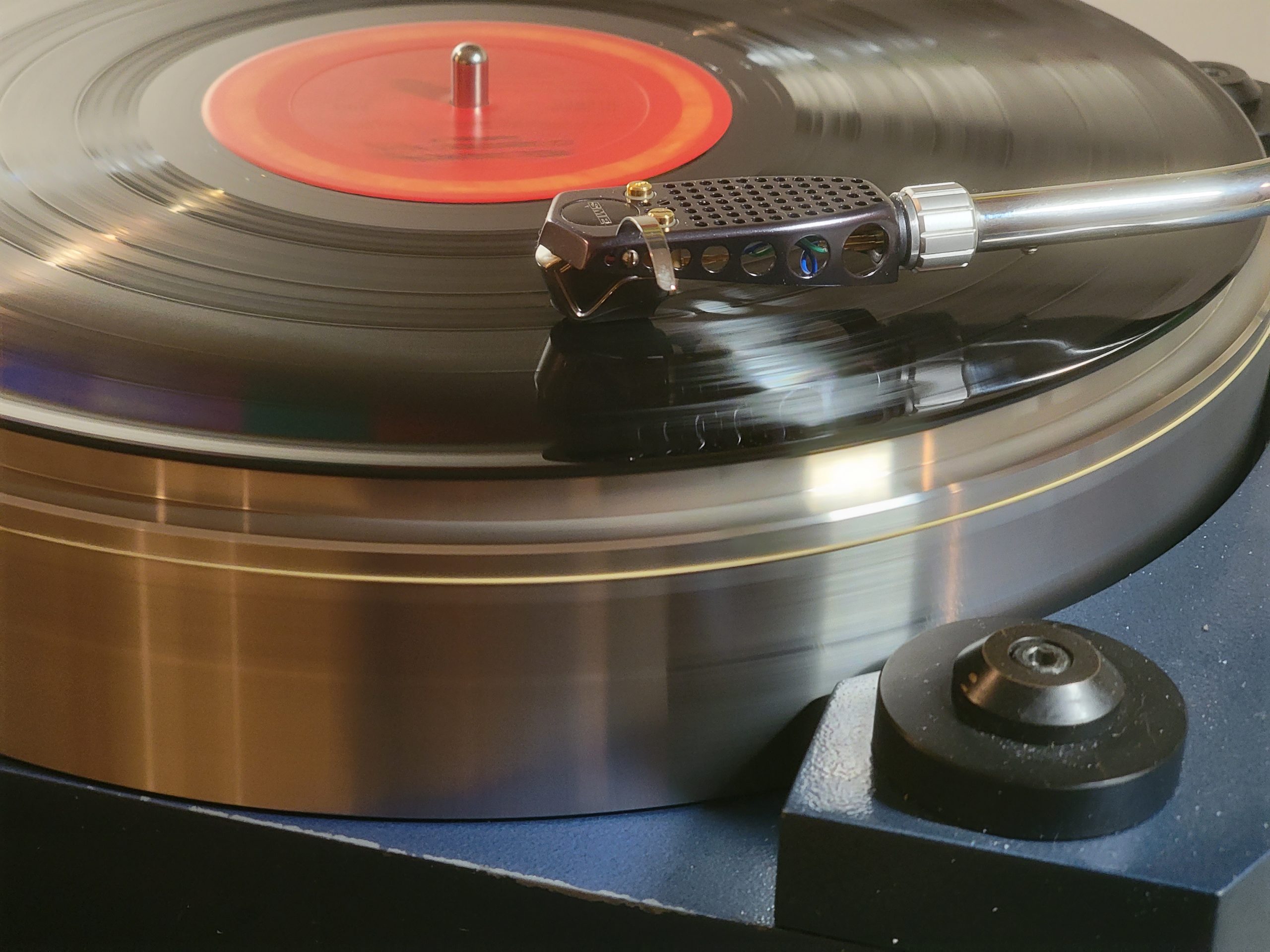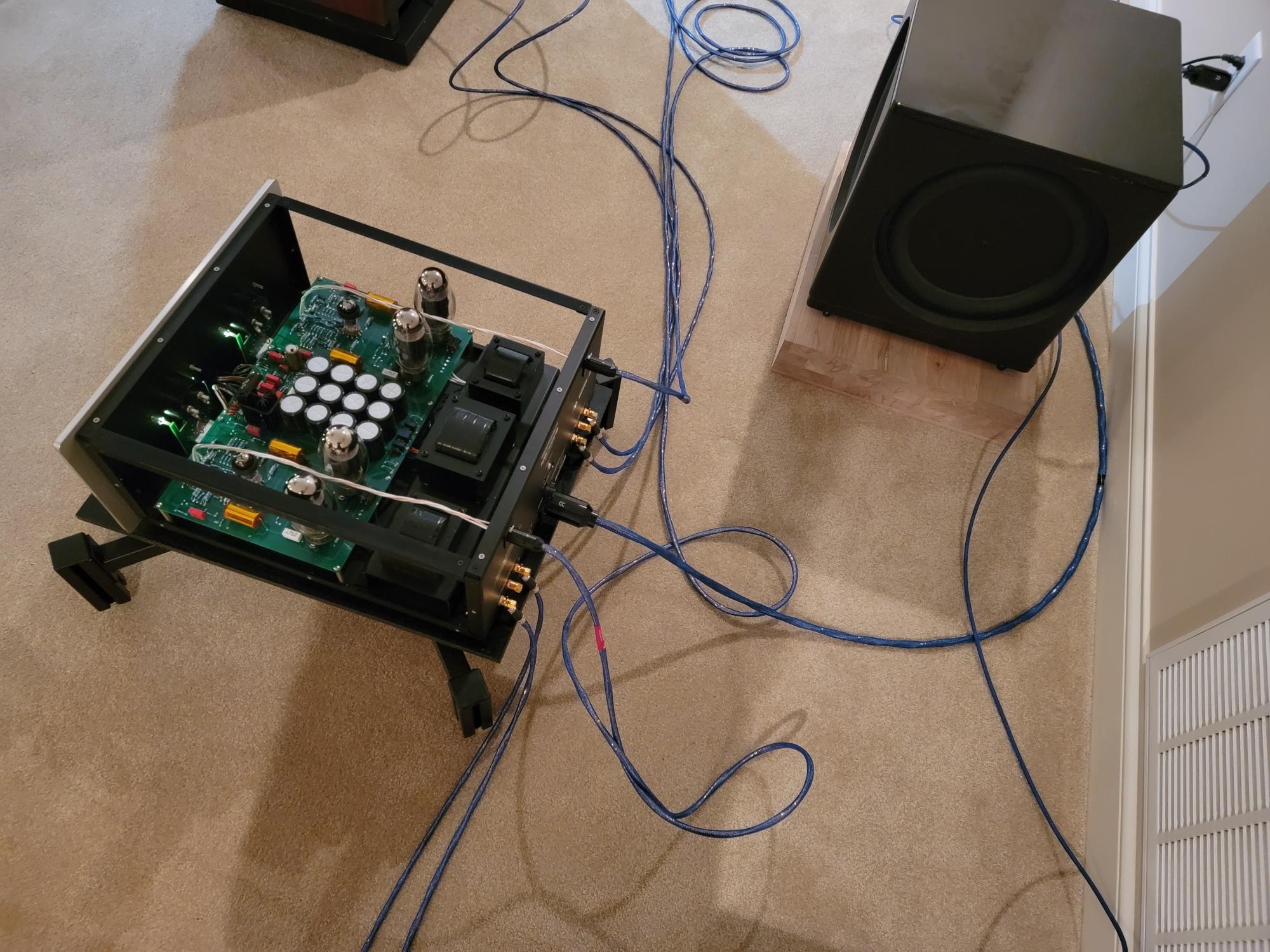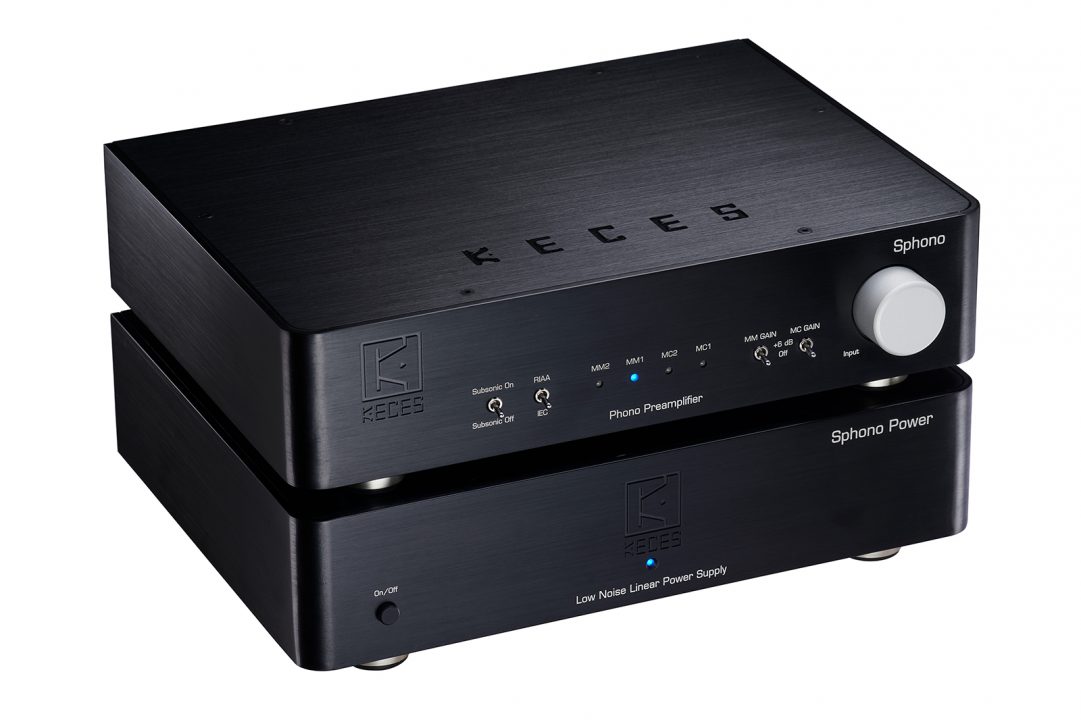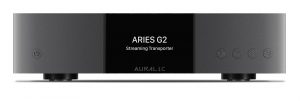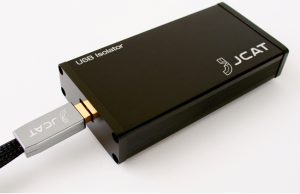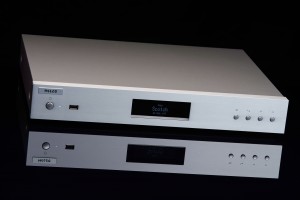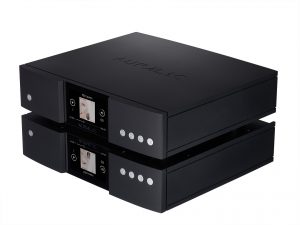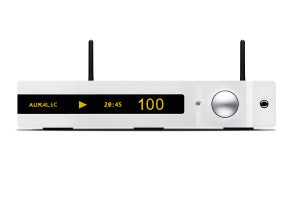So there I was checking my email, and I saw that I had a message from Dave Clark asking if I was interested in reviewing some Mojo Audio gear. As I read down the email, I could see that Benjamin Zwickel has personally asked for me to review his digital gear. The first thought that creeped into my head was why in the world would Benjamin want me to review his PCM setup? I have long been on record as saying that I much prefer the sound of DSD to the sound of PCM. As it turns out, the reason Benjamin wanted me to review his gear was precisely because of my beliefs and his belief that he could change my beliefs.
The attempt to change my beliefs about the superiority of DSD over PCM started before the gear from Mojo arrived. Benjamin started emailing me articles about why PCM was superior to DSD. I finally told Benjamin that I wasn't going to read my way into thinking that PCM was superior to DSD-it would have to come through listening sessions.
So hot off the production line in versions so new that the manuals hadn't been released yet, a big box containing three smaller boxes was delivered to my door courtesy of USPS Priority Mail service. Those boxes contained the CAT server, the Joule v.5 power supply, and the Mystique 2.0 DAC.
The CAT server show above.
The Joule v.5 power supply show above.
The power supply and DAC are both housed in attractive but plain sheet metal boxes. The Mojo logo is engraved on the faceplate of the DAC and the Joule v.5 power supply. However, it would be nice to have some type of power LED on the faceplate to let you know the unit is actually powered up. I know this has been brought up before, but really, I like to know when something is powered up. It doesn't matter to me that the power supply and DAC are designed and intended to be powered up 24/7, I still want an indicator light to let me know they are on. Why? Because digital servers, software interfaces, networks, and DACs are flakey and all too often they quit talking to each other and you have no sound. Knowing that something has power eliminates one variable to track down when digital things go south as they are wont to do.
According to Mojo, the CAT Server they sent me for review came with the following configuration: 16GB RAM, 1TB Samsung 850 Pro SSD, i7 quad-core 3.2GHz CPU, direct S/PDIF coaxial output, JCAT PCIe USB card, with dedicated USB buss ultralow-noise power supply, and optimized Windows 7 OS. My CAT Server also had the latest version of JRiver installed. As you can tell from the specs, this is a very powerful and fast computer-especially when you consider its primary function in life is to act as a music server/software interface for your DAC. I can tell you that Mojo has optimized the CAT Server for its intended application by stripping out unnecessary software from the OS. I have never had a Windows based computer that boots up as fast as the CAT Server does. The MSRP for the CAT Server as reviewed is $5849.95 which includes the Joule v.5 power supply and the associated cables.
Last but not least in the Mojo PCM lineup that was sent to me was the Mystique DAC v2.0 with USB input module with an MSRP of $2499.95. The Mystique v2.0 is a non-oversampling DAC (NOS) that uses an 18-bit DAC chip. Even though the DAC will accept PCM files up to 24/192 at its input, the v2.0 is going to strictly output 18-bit files. Here is the description from the Mojo website: "A true R-2R ladder DAC built around Analog Devices' famous AD-1865N-K R-2R DAC chip. To eliminate bit read errors, our power supply incorporates over 237,000uf of capacitive filters and nine Belleson ultralow-noise high-dynamic regulators that independently isolate each stage. The analog output stage is direct-coupled to provide the most linear and extended frequency response possible by eliminating output coupling capacitors and transformers that narrow bandwidth and cause phase and time distortion."
The Mystique 2.0 DAC shown above.
In this day and age of high-resolution digital files, some people may raise an eyebrow when they see the v2.0 is using an 18 bit DAC chip and truncating the bit depth to 18 bits. The other thing that piqued my curiosity about the v2.0 DAC is the fact that it uses a NOS DAC chip. I knew that NOS DACs have a cult following that is somewhat akin to the cult following that single-ended tube amplifiers have, but I had never heard a NOS DAC in my system before and I looked forward to hearing what the buzz was about.
So I want to talk a bit about why I have never historically cared for the sound of PCM and why I have preferred DSD. PCM has always sounded peaky and sharp (bright) to my ears. I always thought PCM sounded too thin from top to bottom as well. There is also what I considered to be the artificial noise floor with PCM because you could never hear the music decay/fade into the noise floor as you do with analog, it just stops into a brick wall of blackness. Also, cymbals never really sounded like a brush or a stick hitting a piece of metal, they sounded like they had a 'tsst' sound like someone was bleeding some air out of a tire. I could never sit and listen to PCM for any length of time before I started getting twitchy and wanted to get up and put on some analog so I could relax.
DSD was the polar opposite of how PCM sounded to me. I have always said that DSD is the closest sounding to analog as I have ever heard digital sound. I can and do sit for prolonged periods of time listening to DSD. Whereas PCM sounded peaky and sharp, DSD had a warmer and rounder sound like analog does. I have expressed my sentiments about PCM vs. DSD numerous times on numerous forums and I have received some strong backlash from PCM digital audiophiles who inferred that I simply hadn't heard PCM at its finest in order to appreciate what it is really capable of. The other thing that went unspoken here was how much it costs to get to the PCM digital Promised Land. We have PCM DACs that sell for $60,000+ in order to put things into perspective here. My question to those who told me that I simply hadn't heard PCM at its best was how much is the price of entry? They never wanted to say, but we will talk about that anon.
My reference system used for this review consists of the ARC Ref 5SE linestage, ARC Ref 75 amp with KT-150 tubes, and my NOLA KO speakers. I also had my trusty Mytek Stereo 192 DAC for comparison. I won't bother to mention my reference analog gear.
So let's cut to the chase here and talk about what I heard using the CAT server, Joule v.5 power supply, and the Mystique 2.0 DAC. I listened to lots of music through the Mojo gear as well as different genres of music.There is no doubt that the Mojo gear provided the best sounding PCM audio I have ever heard in my listening room. I don't know how much of that sound is attributable to the NOS DAC vs. the server and the outboard power supply. What I can tell you is together as a system; they have elevated the sound of PCM to a level that I didn't know existed. The Mojo system has blurred the line between PCM and DSD which I simply didn't think was possible given the differences between the technologies. For the first time ever, I could actually enjoy sitting and listening to PCM files for extended periods of time without getting twitchy.
Listening to the 24/192 version of Bill Evans Waltz for Debby, I noted that the song "My Romance" sounded very natural and dynamic. The drums and cymbals were spot on. The piano sounded very dynamic and colorful (full of harmonics as it should be). Scott LaFaro's bass was very clear and articulate with excellent pitch and definition. You can easily hear the audience talking and laughing under the music and you could hear the room.
Listening to the cut "Wake Up Old Lady" from Lightnin' Hopkins Goin' Away, I noted how good Lightnin' Hopkins' voice sounded and again jotted down notes about how smooth sounding the Mojo PCM gear is. This was a recurring theme during my time with the Mojo gear.
All of the songs from the Ella and Louis album sounded great played through the Mojo gear. Ella's voice sounds smooth like it should and almost angelic. All the vibrato from Armstrong's voice comes through loud and clear. The dynamics of the horn will damn near knock you down they are so powerful.
The Mojo gear throws a big and deep soundstage. It gets the sound of acoustic instruments right. Drums sound like real drums. You can actually hear the air coming off cymbals. Pianos aren't robbed of their tonal colors. The low level detail I hear through the Mojo gear is the best I have ever heard through PCM and I'm sure that is partially due to the extremely low noise floor. On some of the live jazz recordings, you can damn near make out some of the conversations in the room.
The total cost of the Mojo gear I reviewed is $8349.90. I can't tell you how the sound of the Mojo gear compares to the megabuck PCM gear because I have never heard the super high priced spread in my system. What I can tell you is that the Mojo gear brings a level of sound quality to PCM that I simply didn't know existed. That is why I'm confident that it is at least bringing a glimpse of the PCM Promised Land at a price in the 4 digit category vice the mid to high 5 digit category.
If you are wedded to the PCM format and have lots of money invested in CDs/PCM files, I can strongly recommend the Mojo gear. The server, DAC, and power supply were all designed and built to work together as a system and there is no doubt they extracted the best sound from PCM that I have ever heard in my system. Will I be forsaking the DSD format? No, but I sure would like the ability to hear all of my PCM files at this level of sound quality.
Mojo Audio
3501 Vail Ave. SE, Unit C
Albuquerque, New Mexico 87106
www.mojo-audio.com
[email protected]




